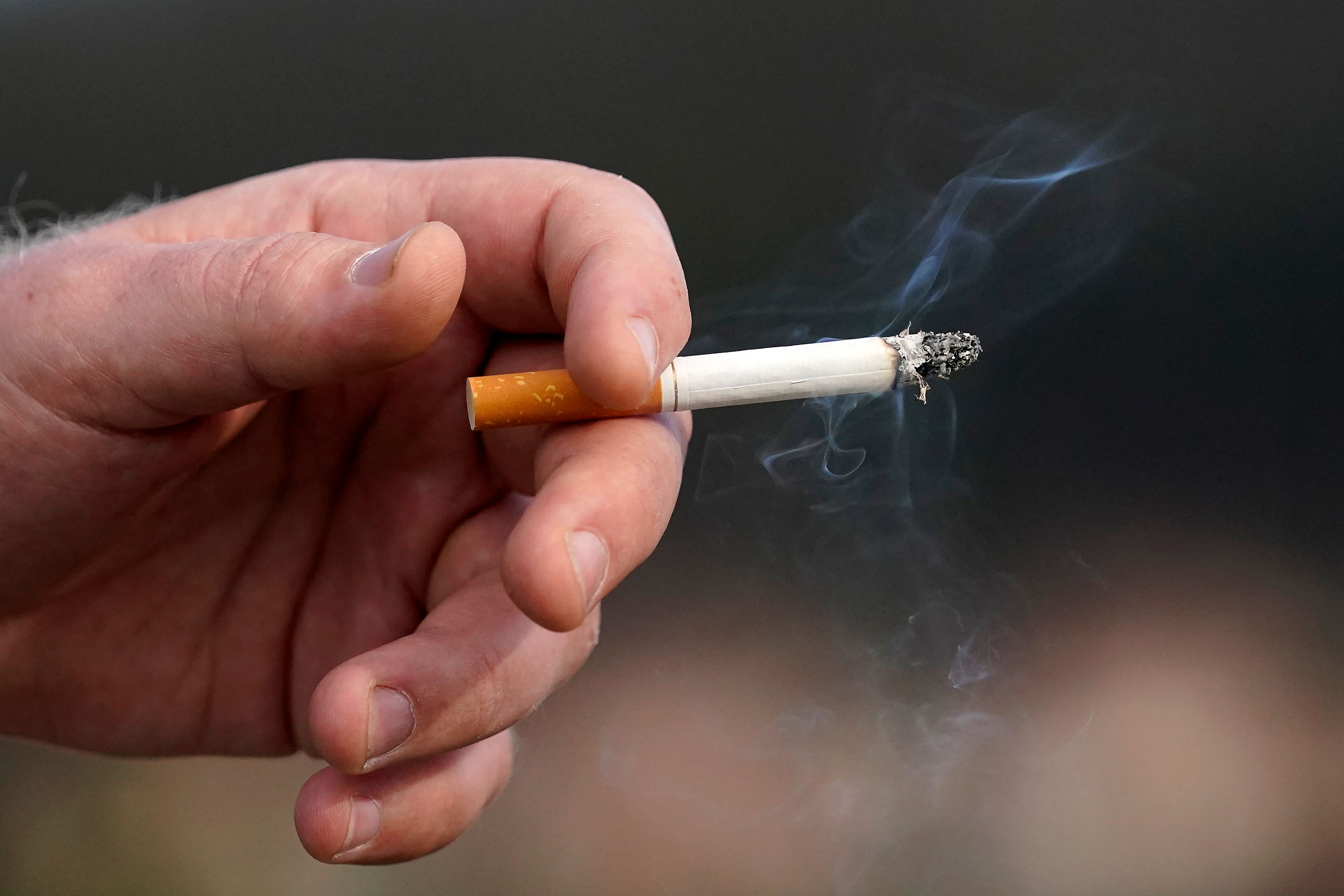Stories in this sesquicentennial series, scheduled to run every
Monday throughout the year, were pulled from a seven-section volume
of work compiled by Tribune staff during Lewiston's 1961
centennial.
---
Circus day! For Lewiston youngsters of all ages it was something to
look forward to from year to year, to live for every tingling
moment of the big day, and to remember with expectancy until next
year's circus day rolled around.
McMahon's new United Shows pulled off a major advertising stunt
in June 1890. The circus elephants came in on their own power,
swimming across the Clearwater River, while the show's 78
horses carted the remainder of the circus animals, personnel and
equipment over on the ferry.
Wagon-drawn circuses were exciting. But the thrill of the day did
not diminish after Lewiston had its own railroad service. Then,
boys would rise at dawn and run down to the railroad siding on
Snake River Avenue to make sure for themselves that the bright cars
really did roll in during the night.
The big boys would line up at tent-raising time, each hoping he
would be among the youths chosen to help tug at the tent ropes, or
lift and shove the folding benches into place. The
"lucky" ones, after sweating, lifting and pulling for an
hour or two, would run off triumphantly with admission tickets in
their pockets.
Down With Lunch
The children could scarcely down their lunches, so eager were they
to rush down to Main Street and watch the circus parade go by.
First would march a small but noisy band carrying banners. There
would be elephants with gay trappings, each holding with his trunk
the tail of the elephant before him; lions and other wild animals
in cages, bareback riders in glittering costumes. Trailing would be
the steam calliope issuing musical blasts.
The afternoon show was almost as good as the parade buildup, and
the children went home walking on air, tired and irritable.
The stopping of traffic on Main Street for a circus parade was
banned after about 1930.
As the years passed, the circus grounds were moved from place to
place wherever there was an available vacant area large enough for
the big top and side shows. For many years, the circus grounds were
on vacant lots in the business area. Then they were moved here and
there on Normal Hill, gradually a little farther out. For the past
few years - until the big tents were taken off the road for good -
circuses have been assigned to areas on south Snake River Avenue or
at the Lewiston Roundup Grounds.
The most exciting circus visit of them all occurred in 1928 and was
unplanned and unrehearsed.
Elephants On The Loose
On Aug. 9 of that year the Sells-Floto Circus reached town with 508
horses, 334 other wild and domestic animals and four herds of
performing elephants.
At the circus grounds on Snake River Avenue the temperature rose
that day to 101 degrees. Crowds were pressing around. A group of
five elephants, upset by heat, thirst and excitement, broke away
and bolted down Snake River Avenue to C Street. There they turned
and ran eastward to Fifth, turned up to Main, and loped up Main
Street to 10th, where the herd separated.
Babe, Tillie, Freida and Moe continued their mad race up 10th
Street, pursued by half a dozen trainers with arms full of bread.
Striking Miller Grade, the three largest elephants plunged through
a frame house owned by Arthur Peavy. On up the hill they went and
they destroyed the porch on the A. E. Stenstrom home. By the time
the elephants reached the top of the grade, they had calmed so
trainers could keep pace with them.
Back at the circus grounds Moe was attracted to a 20-gallon vat of
lemonade, which he sprayed all over himself.
Meanwhile, Mary, who had been left behind by the others, dallied
for a time on the lawn of the Whitman school.
Then she wheeled and crossed Main Street to the Dreamland Park
dance pavilion and crashed through a railing. She headed for the
Clearwater River, evidently to slake her thirst, but halted at the
railroad tracks. A keeper caught up with her and tried to
"hook" her but Mary turned west and dashed toward the
Lewiston Motor Co. building. O. D. Shook shut the door in her face,
but she crashed through and crushed a car with her foot.
Back on Ninth, she charged into the window of the Blackwell Motor
Co. Swinging down Main again, she spied a sedan parked in front of
the Metronome and occupied by Mrs. Pasco Miranda and Mrs. Ed
Westgate and two children. Mary attacked the car with her head and
trunk. A telephone pole saved it from tipping over.
Windows Smashed
At the Breier Building, she pushed in two plate-glass windows. She
wrecked several signs at the Liberty Theater and broke the display
windows on the Beckmann Furniture Co. She made two excursions into
Dave Schiffer's clothing store.
Confronted by a large crowd at the lower end of Main, Mary plunged
into the driveway of the L. Elam garage and headed for the back
tool room and repair shop.
Seeking refuge there were Miss Lillian McSorley, and Miss Lydia
Sloan and Miss Maude Pritchard. The three women scrambled to an
elevated landing above the work bench and there they sat for 15
minutes as Mary lurched and plunged about the room below.
Finally, while officers guarded the entrance to the building and
attempted to keep the crowd back, Mayor Braddock worked his way
through the other entrance and shot Mary behind the right ear with
a .30-caliber rifle.
The next day Taxidermist T. E. Morris preserved the trunk and one
foot of the animal. The city paid W. D. Perkins and Oscar Ferrell
$5 to remove the body, and they did a brisk business in elephant
steaks.
Babe, Tillie, Freida and Moe all calmed down and went back to work,
and the circus went on without Mary.
Sherman and Hinman's Great European Circus, which visited
Lewiston in August of 1883, boasted 65 people, 78 trained horses, a
champion hurdle rider, Madam Elfie DeRock the "woman with an
iron jaw," "great acrobats" and George Thompson, the
equestrian clown.
McMahon's circus was already the "Ideal Equestri-Olympian
Aggregation of the Universe." "Farini's Grand
Australian and McMahon's Great World Circuses United" made
its first appearance at Lewiston in June 1889.
The next year it was "enlarged to four times its former size
and 100 times more grand a "City of Tents, a World of
Wonders."
In July 1891, McMahon's Mammouth Shows were "augmented in
every department to amaze and amuse" a "grand arenic
assembly of Nations, Over 100 Peerless Meteors, the laurel crowned
champions of five continents in friendly rivalry, at each and every
exhibition."








